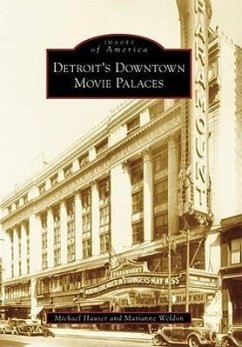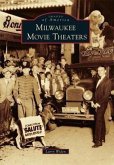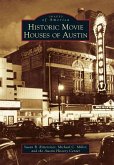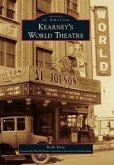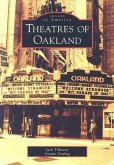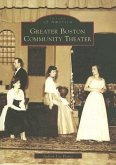The spokelike grid of wide grand avenues radiating out from downtown Detroit allowed for a concentration of theaters initially along Monroe Street near Campus Martius and, after the second decade of the 20th century, clustered around Grand Circus Park, all easily accessible by a vast network of streetcars. In its heyday, Grand Circus Park boasted a dozen palatial movie palaces containing an astonishing total of 26,000 seats. Of these theaters, five remain today, fully restored and operational for live entertainment. Detroit, more so than any other North American city, illustrates how demographic and economic forces dramatically changed the landscape of film exhibition in an urban setting.

